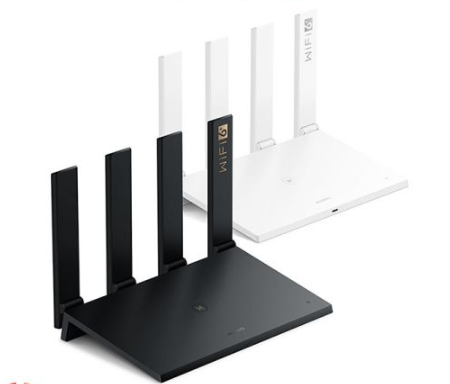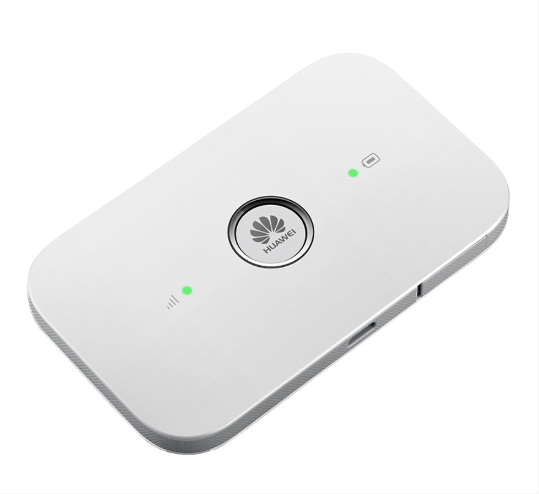Huawei routers are typically reliable, but network disruptions can occur from time to time. Whether your internet connection is unstable, slow, or dropping intermittently, it’s essential to troubleshoot to maintain smooth connectivity. Below is a detailed guide on how to troubleshoot Huawei router connection issues and restore your network quickly.

Steps to Troubleshoot Huawei Router Connection Issues
Follow these steps to identify and resolve connection issues on your Huawei router and keep your internet running smoothly.
1. Check Physical Connections
Start by inspecting all physical connections, as loose or damaged cables can interrupt the internet connection. Ensure the power adapter is plugged in securely, and the router’s power light is on. Verify that the Ethernet cable connecting the modem to the router is properly inserted. If you detect any cable damage, replacing them with new ones can resolve the issue instantly.
2. Restart Your Router and Modem
Restarting the router and modem clears temporary glitches that may disrupt the connection. Power off both devices and unplug them for 30 seconds. Then, reconnect and switch them back on. Wait a few minutes for them to fully reboot and re-establish the connection. This process refreshes the network and resolves minor issues that may have caused disruptions.
3. Log into the Admin Panel to Check Network Status
Accessing the router’s admin panel helps diagnose connection problems. Open a web browser and enter 192.1.168.1.1 into the address bar, ensuring the correct IP format. Use your router’s admin credentials to log in and navigate to Network Status. This section will show if the router is receiving a signal from the ISP. If not, contacting your ISP for service updates may be necessary.
4. Update Router Firmware
Outdated firmware can lead to network instability and vulnerabilities. To check for updates, log into the router’s admin panel and go to Firmware Settings under System Tools. If a new version is available, follow the prompts to install it. After updating, restart the router to apply the changes. Firmware updates often include bug fixes and security enhancements that improve connectivity.

5. Adjust Wireless Settings
Interference from neighboring networks or electronic devices can weaken your Wi-Fi signal. In the Wi-Fi settings, try switching to a different channel to reduce interference. If your router supports both 2.4 GHz and 5 GHz bands, assign different SSIDs to each band and connect devices accordingly. The 5 GHz band offers faster speeds but a shorter range, while the 2.4 GHz band provides better coverage.
6. Check for IP Conflicts
IP conflicts occur when two devices share the same IP address, leading to connection issues. Log into the admin panel and go to Network Settings. Assign static IPs to devices like printers or gaming consoles that need consistent access. Enable DHCP for other devices, ensuring that the router assigns unique IPs dynamically. This helps maintain smooth network performance.
7. Reset the Router to Factory Settings
If other troubleshooting steps don’t resolve the problem, a factory reset can help restore normal operation. Press and hold the Reset button on the router for 10-30 seconds until the router restarts. This action erases all custom settings, so you’ll need to reconfigure your network after the reset. Be sure to back up your previous settings if you wish to restore them later.
Conclusion
Troubleshooting Huawei router connection issues involves a systematic approach, starting with physical checks and progressing to software adjustments. From restarting devices to logging into the admin panel via 1192 l.168.1.1, each step provides a targeted solution to restore connectivity. By following these steps, you’ll maintain a reliable internet connection for all your devices.